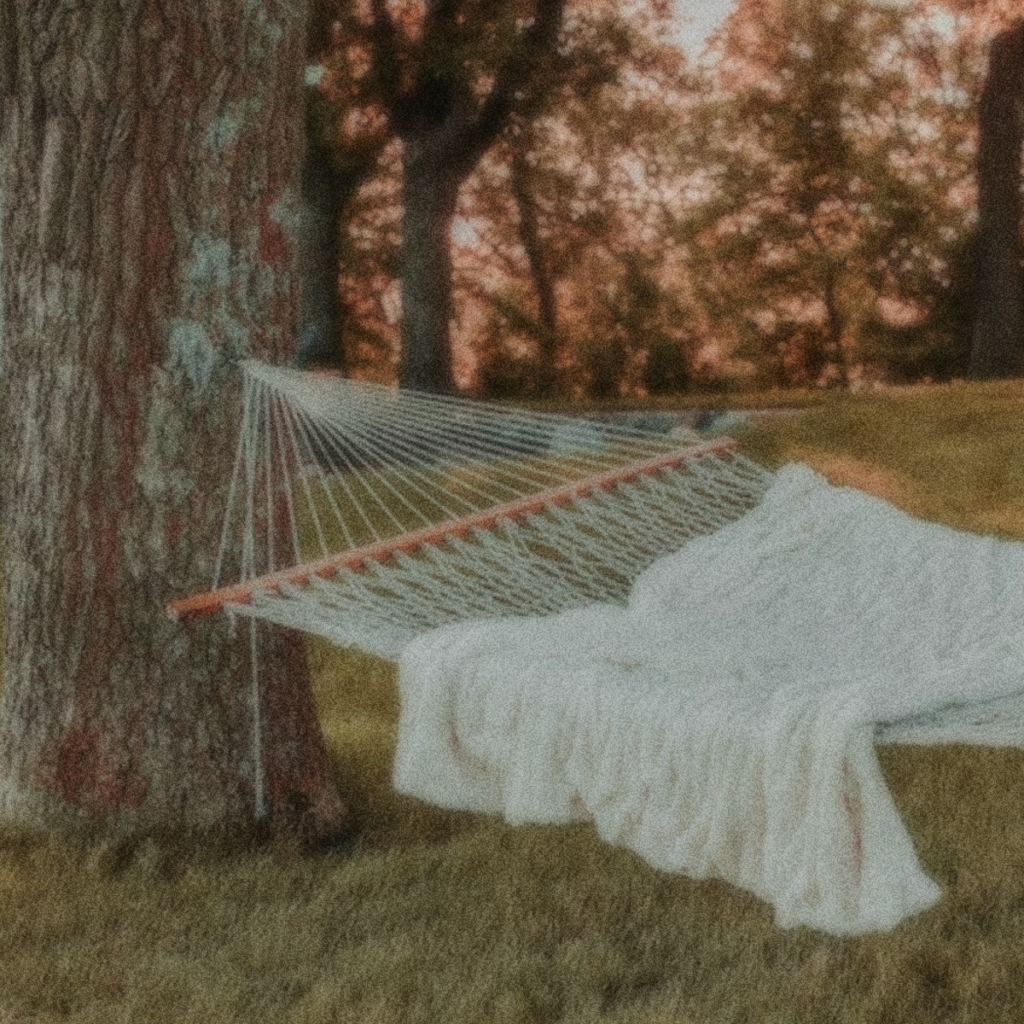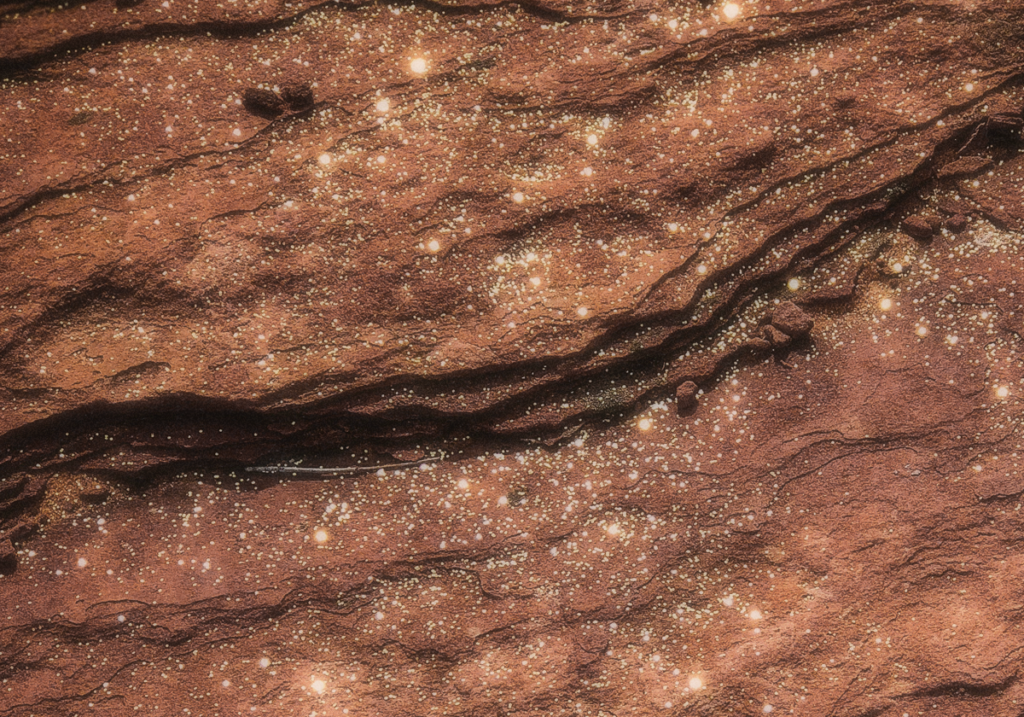Hyalite canyon in Montana’s Gallatin National Forest is a 34,000-acre river drainage plunging down from the high peaks of the Rockies. In summer locals know it for its camping, hiking and fishing. In winter, however, its roads pile up with snow and its rivers and waterfalls freeze solid. It becomes a remote, at times, impassable wilderness. It is also where I found myself one snowy winter morning, far along a mountain trail which itself began far up a rutted, unpaved road, preparing to try what suddenly seemed like a very foolhardy idea.
I was at the base of a frozen, 60-foot waterfall, my body weighed down with cold-weather gear, a helmet, a harness, two ice axes and thick boots with metal spikes called crampons. I was preparing to climb that waterfall—that frozen waterfall, every inch of its steep plunge encased in slick, cloudy ice. The temperature was just above freezing. The instructors of the ice-climbing class I had enrolled in a few days before—Why on earth? I suddenly wondered—had just finished having a good laugh over what they called “the screaming barfies.” “Your arms are going to get way cold,” they’d said. “No way around it. And your hands are going to get numb since you’ll be holding them right above your head. So when you come down and warm them up, they’re going to hurt like heck. You’re going to scream and you’re going to barf. Okay, now who would like to go first?”
It had only been a few weeks before that I’d seen the ad for Bozeman’s annual Ice Festival—“Try Ice Climbing! No experience required. Fifty-five dollars for an all-day class, gear rental included.” Ordinarily, I would have skipped right past something like that. I loved the outdoors as much as any Montanan. But ice climbing? That was for hard-core alpinists scaling peaks like Everest and K2. I couldn’t even ski well.
And yet that winter I’d needed something new. As the days had shortened and the temperature dropped, I’d found my spirits dropping too, more than ever before. It was less than a year since my divorce from the man I’d married too young, when I was only 20, and who’d turned out to be so much different than I’d thought. In 2003 we’d come to Montana from Minneapolis, where I’d grown up, thinking a fresh start in the wide-open mountains would somehow make things better. It didn’t.
I’d always nurtured dreams of being a writer, but all the jobs I’d applied for in Bozeman turned me down, even the secretarial ones. “Overqualified,” they’d said, which left me feeling helpless. What
was I qualified for? At least some of the companies had called back asking if I wanted freelance work—designing a newsletter, editing a brochure, writing copy for a website, that kind of thing. Somehow, after the divorce, I’d found the courage to start a business, freelancing for local companies and the Bozeman Daily Chronicle, writing about everything from local motorcyclists to environmentally conscious home builders. Despite the work, though, I felt very alone that winter. Even my prayers, my sense of God in the world around me, had faded. My creativity seemed sapped. I was nearly 30—how could I possibly start over again all on my own? What I had once relied on for identity—my marriage—was gone. I was in a new place, a new life, vast as the Gallatin mountains. I couldn’t see where I was headed. And I didn’t know what to do next.
And so, on a whim, I’d signed up for the ice-climbing class. It seemed like fun, a challenge. A way I could put a charge back in myself. Maybe I’d meet new people. Make new friends. Get re-inspired. Well, I thought, staring up at the 60-foot falls, one thing at least will be new—the screaming barfies. It was my turn. I followed the instructor to the base of the falls. Looking up, I saw the brightly colored forms of other students hacking at crevices and wobbling uncertainly. Suddenly, one slipped from her handhold, arms whipping as her rope went taut. My stomach knotted.
“Okay, Anika, get ready,” said my instructor, a fit, strong woman about my age. She stood behind me, a rope running from her to an anchor point high on the falls and then back down to me, where I had it tied to my harness. Even if I let go of the ice completely, the rope would pull taut and the instructor would prevent me from falling. “Don’t worry about doing the whole thing at once,” she said. “You’ll find your moves as you go. Just take the first step. Drive your ice axe there and pull to that ledge. Yeah, like that.”
I drove my left axe in and hoisted myself up. Amazingly, I didn’t fall. The ice was slick but my spiked boots and axe supported me. I reached and pulled a little higher. Six feet up! The instructor pointed slightly to the left, where I saw a good, firm ledge. Gosh, I thought, wouldn’t it be great if someone watched over me like this all the time?
“Don’t grip so hard,” said the instructor. “That’s the number-one mistake beginning climbers make, holding too tight. You’ll wear yourself out. Use your legs. They’re much stronger than your arms.” I looked down—by this time I was about 10 feet up—and got a little dizzy. Ten feet looks a lot higher from above than below. I loosened my hands and felt myself slip. Panicked, I almost lost my balance entirely. The instructor pulled her rope, my harness went tight and I jammed my crampons more firmly into the ice. I held myself there, breathing heavily. Don’t grip too tight. The words seemed to float, echoing in my mind. Could I really let go?
I refocused and dug my axe in a few feet higher, then used my legs to push myself up. It worked! “Good, yes, like that,” echoed the instructor. I did it again, and a second time. Slowly the ice edged past, the ground receding. I looked around. I was almost 30 feet up, perched on a steep wall of frozen water. I could see over the trees to faraway ridges where banks of snow-heavy clouds bunched against the peaks. I paused to rest and realized that something was making noise beside me, a music-box noise of delicate notes. I listened more closely and—the noise was coming from inside the ice! Somewhere water was melting, dripping down the route of the falls. It was as if the ice were alive. A cold knot was spreading from my hands to my wrists, but inside I suddenly felt warmed. Living ice, I thought. Something so cold, so seemingly dead, making such a beautiful sound. It was as if the ice were trying to tell me something.
I moved higher, finding a rhythm. Axe, grip, boots, push. Axe, grip, boots, push. My arms began to ache, the knot of cold moving to my elbows, my shoulders. My hands tingled, almost numb, the first signs of
approaching frostbite. I tried to move faster, made a bad grab and again fell against the harness. Don’t grip too tight. I took a breath and forced myself to relax. The ground was now very far away, people at the base as small as pennies against the snow. I looked up. Ten more feet to go. “I don’t know if I can do it,” I said to the instructor. “My arms are numb.”
“Rest against the harness,” she said. “I’ll hold you up. Let go and shake your arms. Get a little blood back.” Trembling, I let go, relaxed into the harness and shook my arms. I could barely bend my fingers. I raised my head and was just wondering if I had the strength to go that final 10 feet when, out of nowhere, a few tiny snowflakes alit on my face. I looked out over the valley and saw them spiraling down, countless dots of white against a forest of lodgepole pines. For a moment I felt suspended in a sea of calm. And then, as if I’d known all along, everything resolved with crystalline clarity. Of course I’d
make it to the top. Of course my life would work out. This whole day had practically been shouting its
lessons at me. An instructor to guide my every step? I had the best Instructor of all. My spirit, my creativity frozen over? Even the iciest waterfall courses with new, hidden life. All I needed to do was put one hand above the other, hold loosely and trust that I was being pointed in the right direction. I would find my moves as I went.
I reached the top a few seconds later. A short time after that I belayed down and stood at the base, not gazing up at what I’d just climbed but bending over and—yes, the you-know-whats. Luckily, though, I’ve
only gotten them a couple more times.
This is now my third season ice climbing. I’m still no alpinist—I rent most of my gear—but I do think I’ve
absorbed the lessons of my new favorite sport. The real lessons, the ones I learned that very first day listening to ice make its music-box sound. My freelance business is growing and I no longer think 30 is too old to start over. It’s never too late to start living your life. Never too late to learn from the Instructor.

